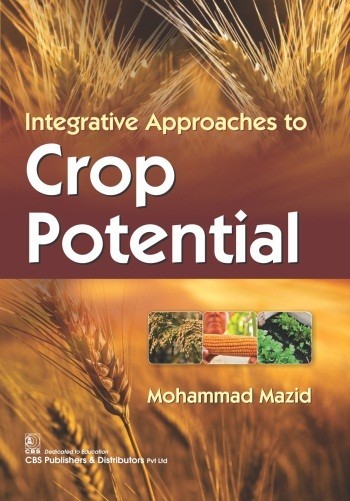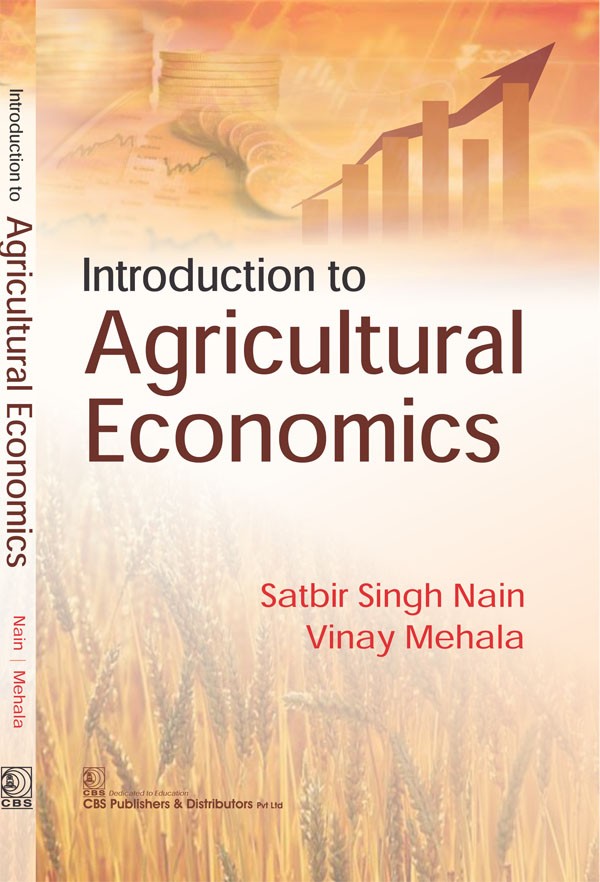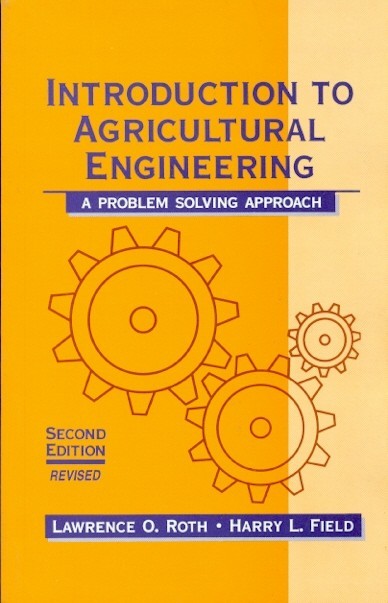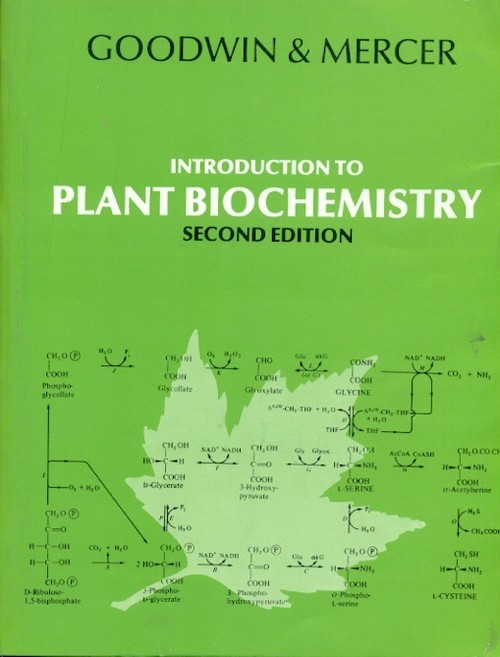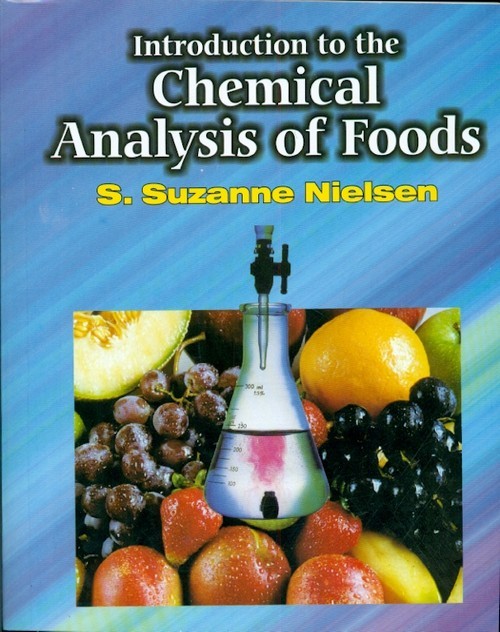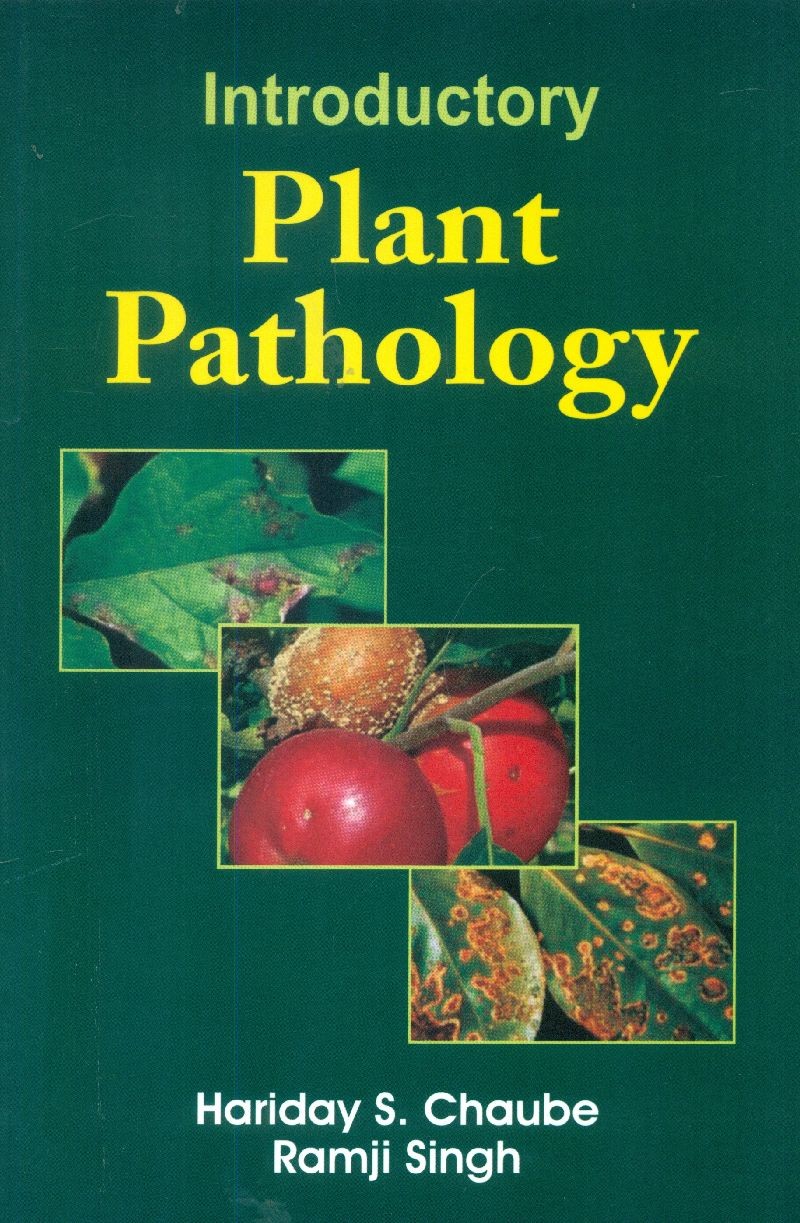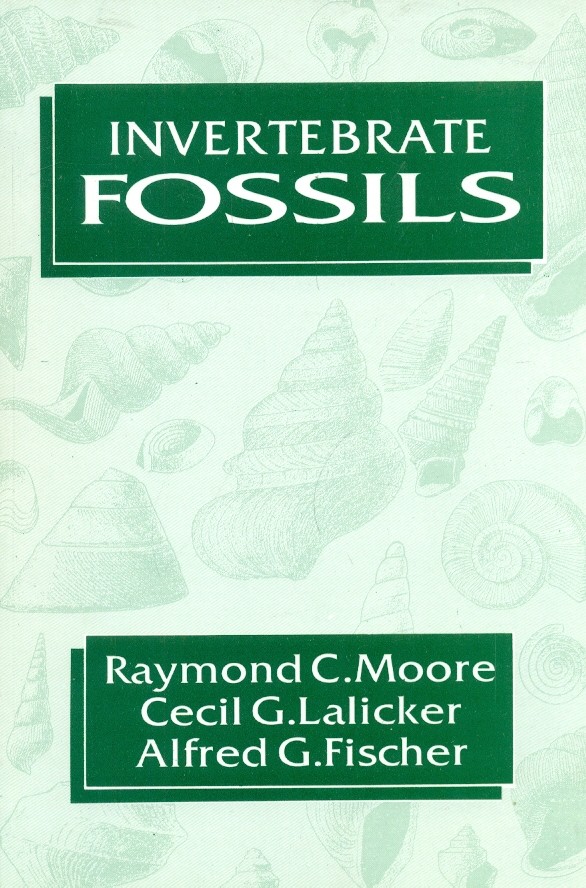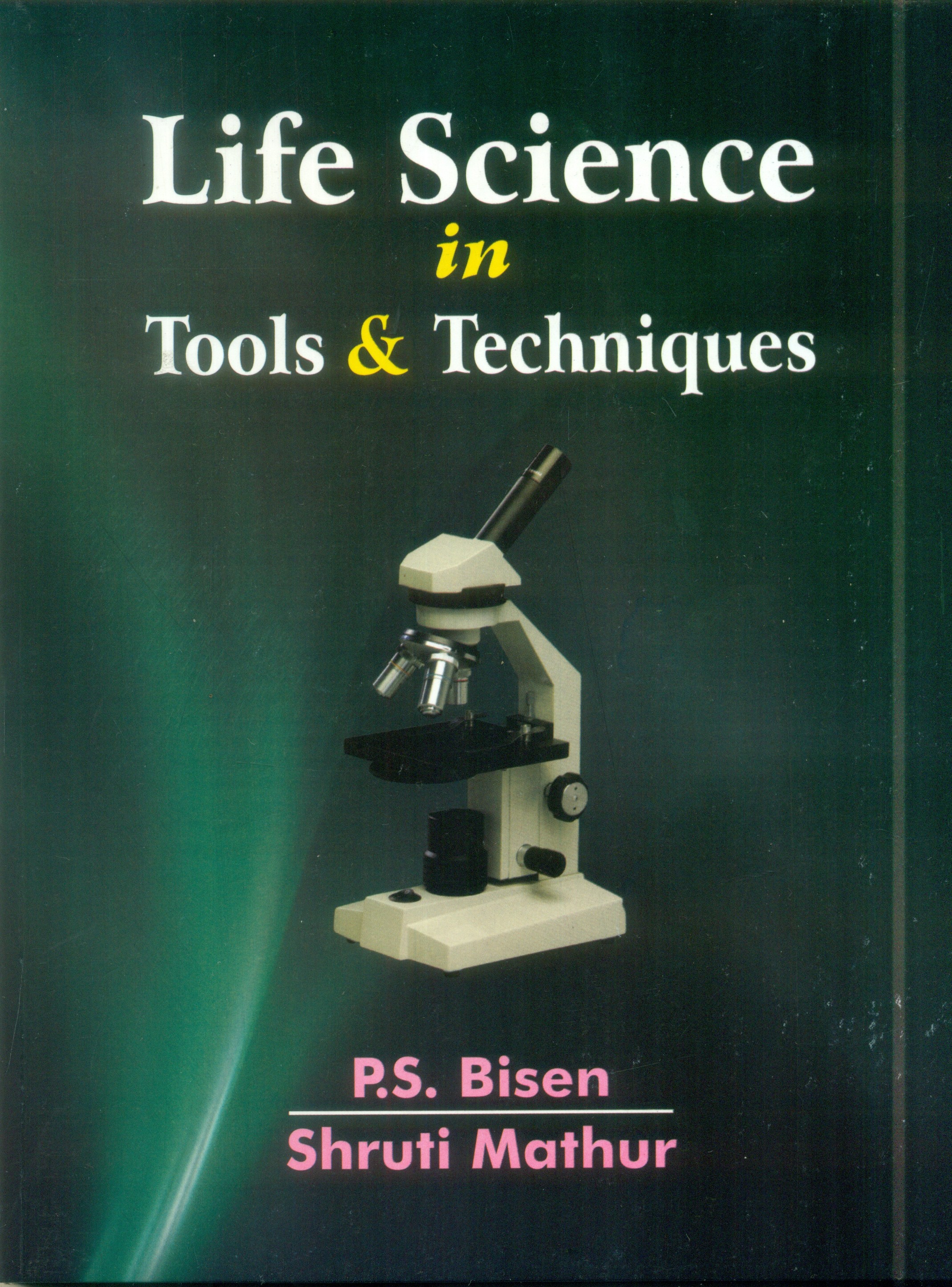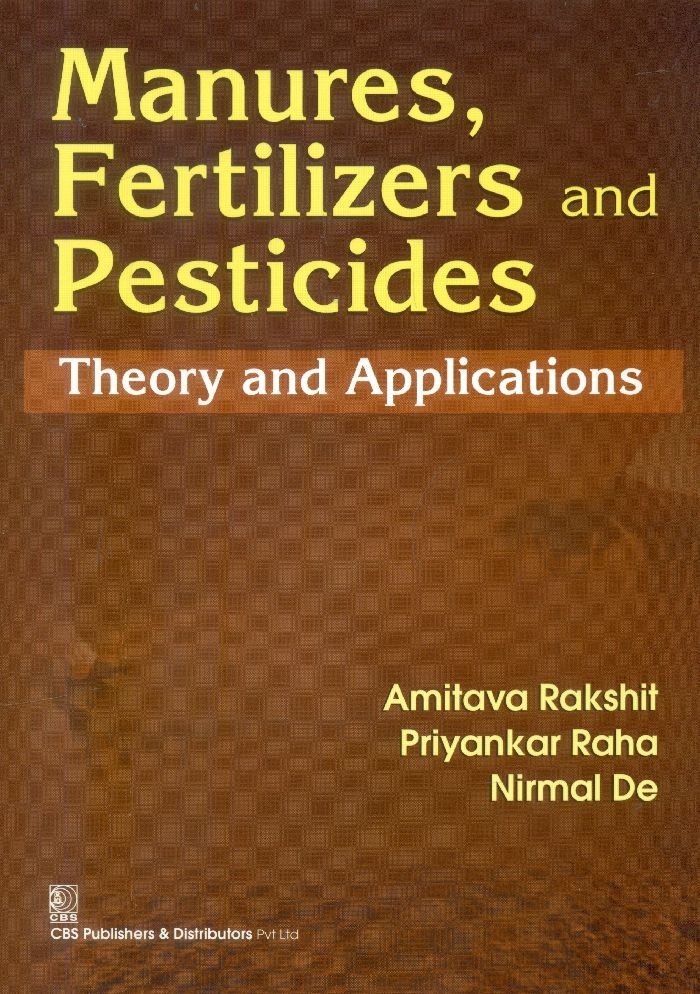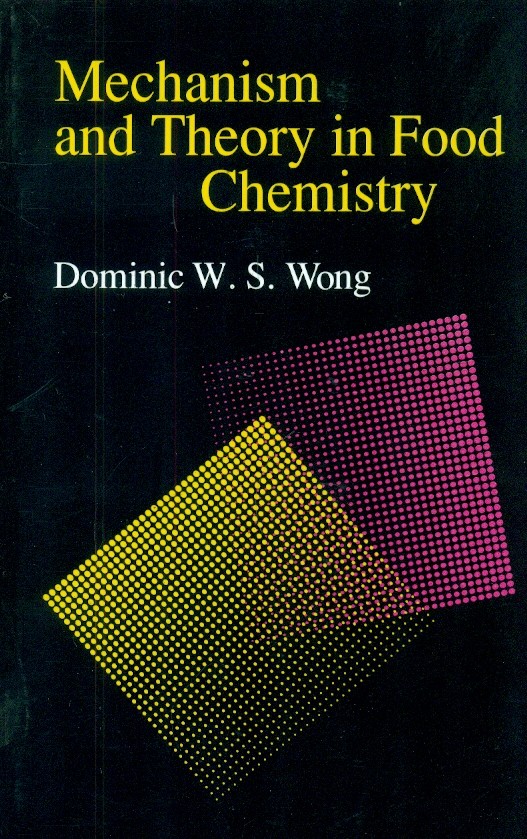BIOLOGY LIFE SCIENCE
Featured Products
Integrative Approaches To Crop Potential (Pb 2018)
₹352.75
M.R.P.:₹ 415.00
You Save: ₹62.25 (15.00% OFF)
Introduction To Agricultural Economics (Pb 2017)
₹162.80
M.R.P.:₹ 185.00
You Save: ₹22.20 (12.00% OFF)
Introduction To Agricultural Engineering (Pb 1996)
₹325.60
M.R.P.:₹ 370.00
You Save: ₹44.40 (12.00% OFF)
Introduction To Plant Biochemistry 2Ed (Pb 2003)
₹1,015.75
M.R.P.:₹ 1,195.00
You Save: ₹179.25 (15.00% OFF)
Introduction To The Chemical Analysis Of Foods (Pb 2002)
₹815.90
M.R.P.:₹ 995.00
You Save: ₹179.10 (18.00% OFF)
Life Science In Tools And Techniques (Pb 2016)
₹361.25
M.R.P.:₹ 425.00
You Save: ₹63.75 (15.00% OFF)
Manures Fertilizers And Pesticides Theory And Applications (Pb 2020)
₹365.20
M.R.P.:₹ 415.00
You Save: ₹49.80 (12.00% OFF)
Mechanism And Theory In Food Chemistry (Pb 1996)
₹505.75
M.R.P.:₹ 595.00
You Save: ₹89.25 (15.00% OFF)


